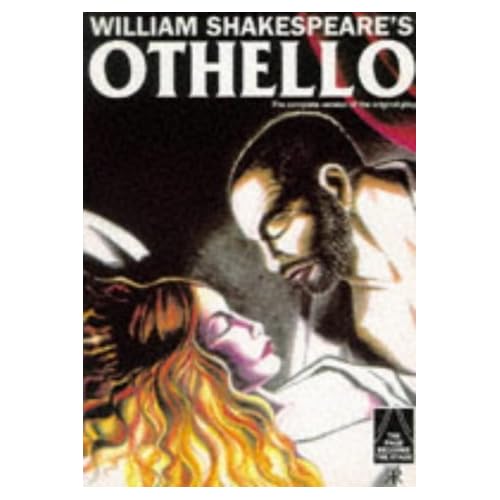 Skim
Skim
words by Mariko Tamaki
drawings by Jillian Tamaki
Groundwood Books/House of Anansi Press
143 pages
$18.95
review by BK Munn
This gorgeous new graphic novel answers the question, what if 80s sitcom
The Facts of Life was really a drama about Wiccan ceremonies, lesbian crushes, casual racism, and suicide?
Sixteen-year-old diarist Kimberley Keiko Cameron (aka Skim) is already having a hard time negotiating the preppy world of her Catholic all-girls school when she is plunged headfirst into adulthood. For Skim, "being sixteen is officially the worst thing I've ever been." Like every teenager, alternately bored, embarrassed, and confused, Skim tries several strategies to forge a unique identity for herself, with little success. Even the goth subculture Skim imagines as a refuge from the lameness of her middle class surroundings turns out to be one big letdown. In one of
Skim's funniest sequences, the cult of adult Wiccans Skim and her best friend Lisa join turns out to be little more than an AA support group for hooking up burned-out ex-druggies.

The suicide of a cheerleader's boyfriend sets the plot of the book in motion and brings into focus the cracks behind the facade of highschool innocence, friendship, and Skim's own ironic distance from her own emerging womanhood and adult awareness. As her school becomes obsessed with death and suicide, Skim argues with and eventually drifts away from her best friend, moving towards new relationships and her first romance (with hippie English teacher Ms. Archer).
Skim is a delicious balancing act between words and pictures, with Skim's studiously deadpan narration contrasted and enlivened by Jillian Tamaki's fluid drawing style. Luxurious panels, alternately spartan and highly detailed, depending on the story's mood and dramatic necessity, take us step-by-step through every moment of Skim's experience. There are almost no false notes in this book, graphically or textually, a difficult performance in any work that strives to capture the nuances of teenage interiority and speech patterns.

One of the book's major themes is the series of disappointments with the adult world that adolescence is fraught with. Skim progresses through disillusionment after disillusionment, but is luckily girded with the twin weapons of sarcasm and a practiced ability to fade into the background. But these tools are almost not enough to guarantee her survival when she is forced to experience firsthand the heartache she has previously only been a sardonic observer to. In the course of the book, Skim is drawn inexorably into adulthood through a gamut of betrayals and epiphanies, all of which she faithfully chronicles for us.
The conceit of the book is that the visual aspect represents a drawn diary --the unconscious working in tandem to give a (literally) well-rounded picture of Skim's experience. Textually, this takes the form of crossed-out confessions, list-making, and subtle, funny observations expressed as Zen equations ("me=seriously screwed"; "my school=goldfish tank of stupid"). Graphically, the pictures often take the story beyond the diaristic, a perfect use of the comics form, showing what Skim can't bring herself to confess verbally through the use of body language and tiny facial expressions; skilled use of black and white, chiaroscuro effects, gray washes, and easy, virtuoso line-work. Certain key scenes are entirely wordless and Jillian Tamaki's visual storytelling skills are utilized to the maximum with almost surreal effect.
An early version of Skim was published by Kiss Machine in 2005 and writer Mariko Tamaki reworked the story as a play before the graphic novel version took its current shape. The minimalist prose, humour, and tight structure of the book seems to be a result of this process, filtered through the eye of Jillian Tamaki. The whole effect is a darkly funny, bittersweet coming of age story.
--------
Skim Booklaunch
This Is Not A Reading Series
Wednesday, March 26th. 7:30-12pm
The Gladstone Hotel, Toronto
Free
Mariko and Jillian Tamaki will be interviewed by Toronto writer Jessica Westhead, with Brad Mackay introducing.
Skim news at Jillian Tamaki's blog.




















